The answer is NO.
The queen in no way moves like the knight in chess.
A queen combines the mobility of every piece on the chess board except the knight. Therefore, the queen cannot “jump” over other pieces, nor can any pieces on the chess board except the knight.
The queen simply moves vertically, horizontally and diagonally in any direction and on any legal square.
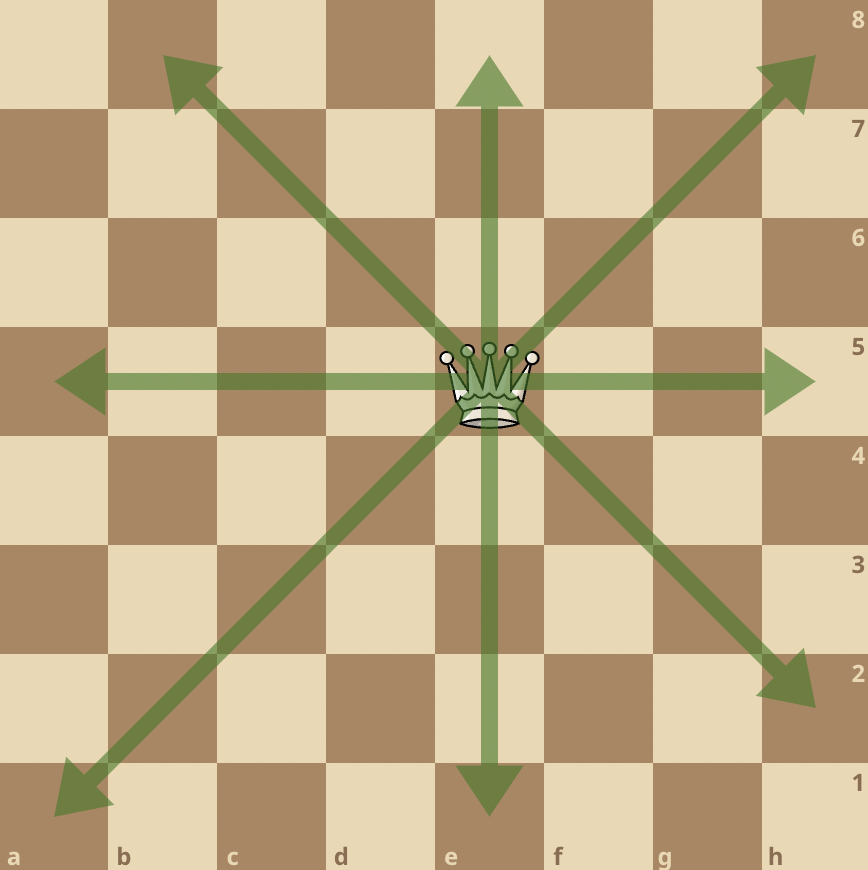
The Knight on the other hand is a horse-shaped piece on the chess board that moves in an “L-shape.”
This means that the Knight can move two squares in any direction vertically followed by one square horizontally or two squares in any direction horizontally followed by one square vertically.
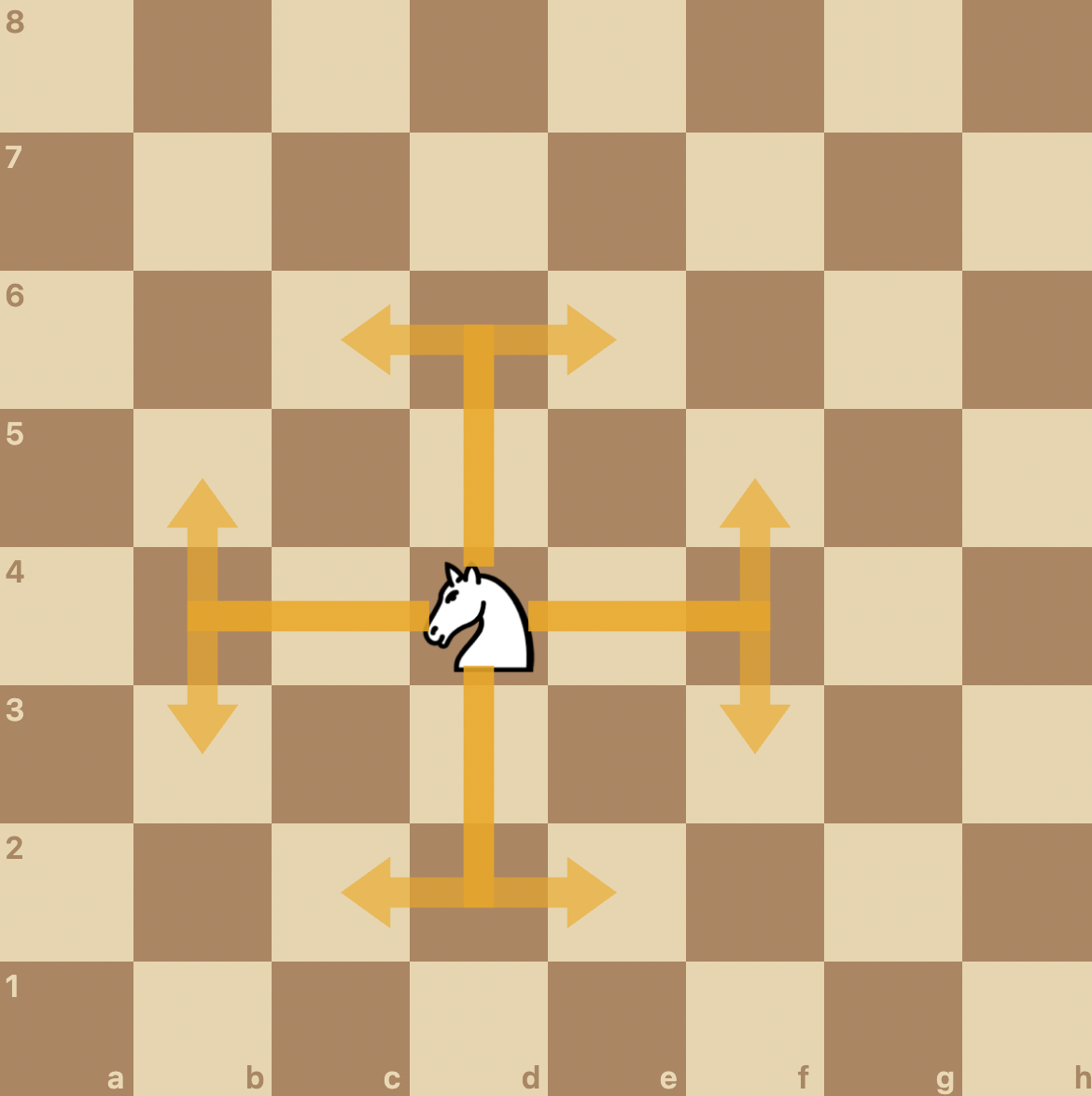
In addition, it is the only unique piece on the chessboard that possesses the power to “jump” over other pieces.
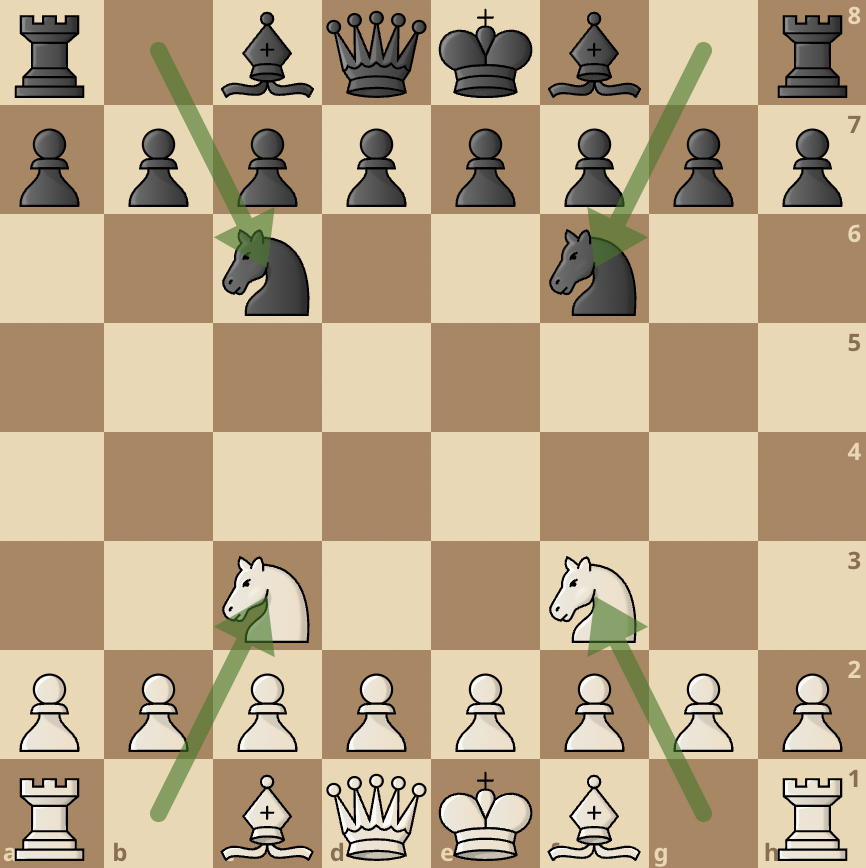
So, you can see that the queen is far different from the knight.
In terms of strength though, the queen is a lot stronger than the knight but the knight can be more tricky.
Despite their seemingly antagonistic nature, they make a very deadly team when they team up. Combined, their legal moves matches every other chess piece, and they can launch devastating attacks and checkmate patterns like the Smothered Mate.
We hope you got value from this.
For further study, we recommend reading these:
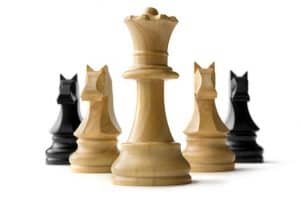

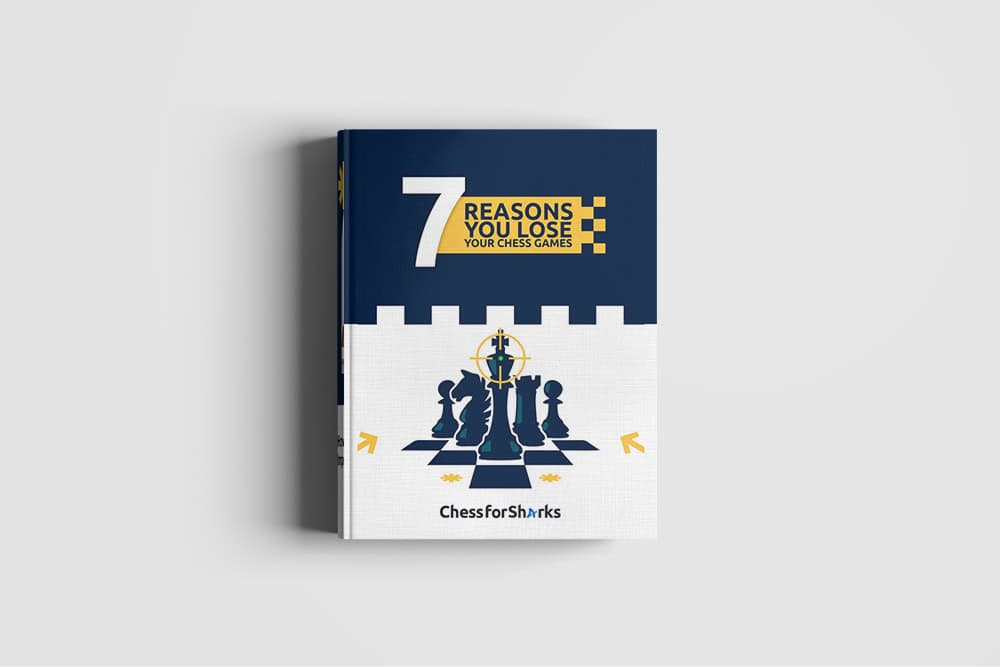
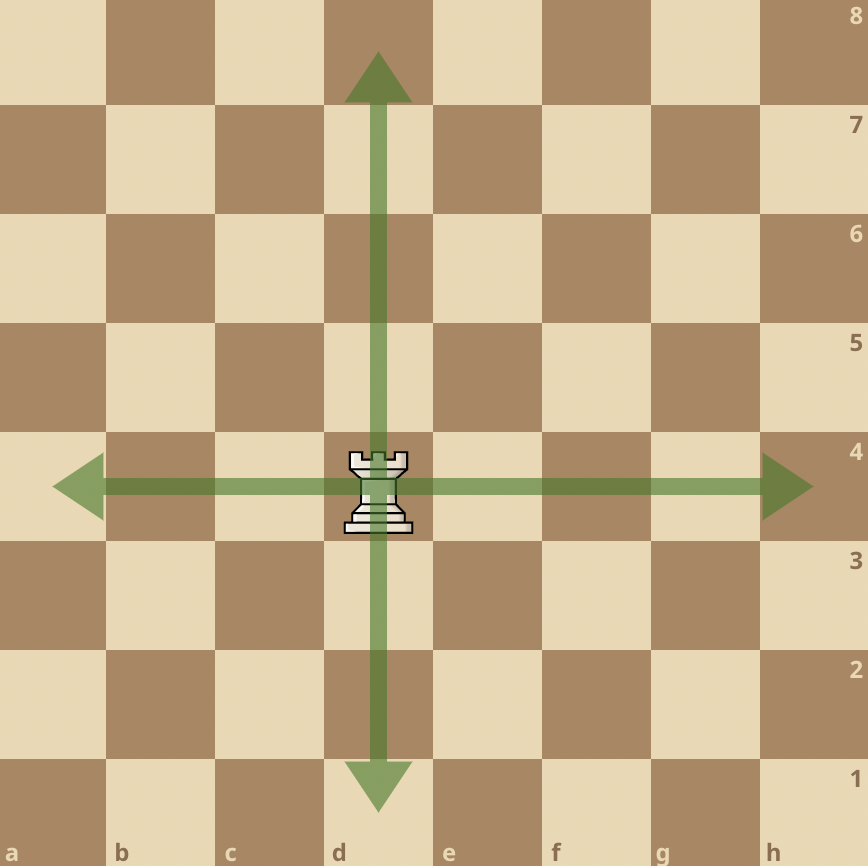
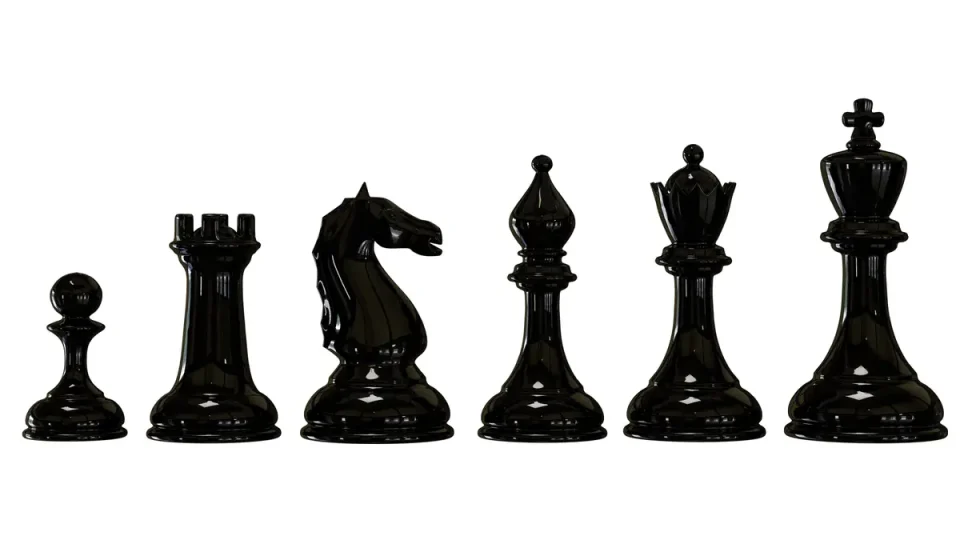
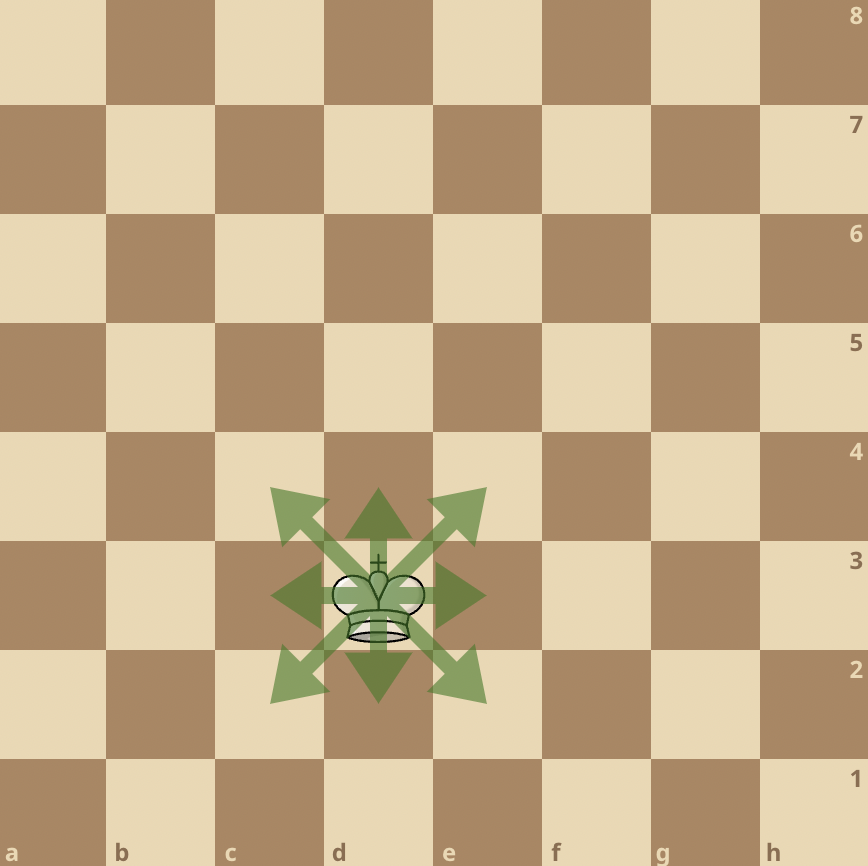
join the conversation